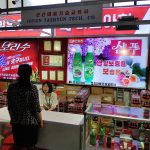Introduction to Children’s Palace
The Mangyongdae School Children’s Palace also known as the Mangyongdae Children’s Palace, is North Korea’s largest education facility for children where students from elementary school through to high school engage in extra-curricular activities.
Kim Il Sung, the first leader of North Korea said “children are the kings of the country” and this remark is repeated throughout the DPRK. The first schoolchildren’s palace in North Korea was opened in Kaesong, a city south of Pyongyang located 8km away from the DMZ. Pyongyang – the capital of the DPRK, has two schoolchildren’s palaces. Pyongyang School Children’s Palace located in central district and the Mangyongdae School Children’s Palace – the largest.
History
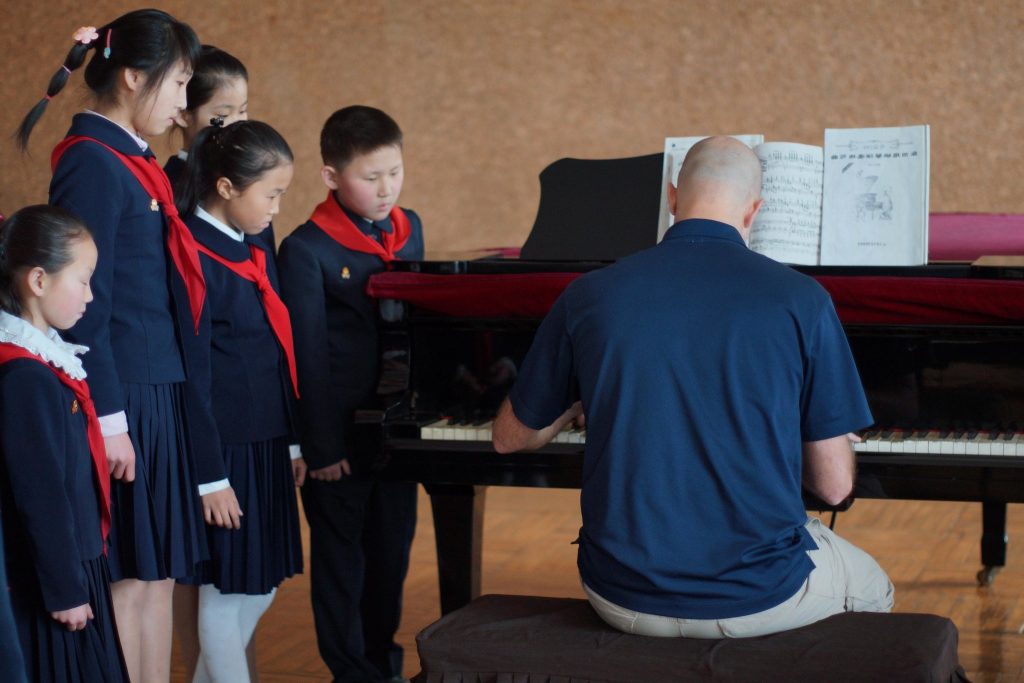
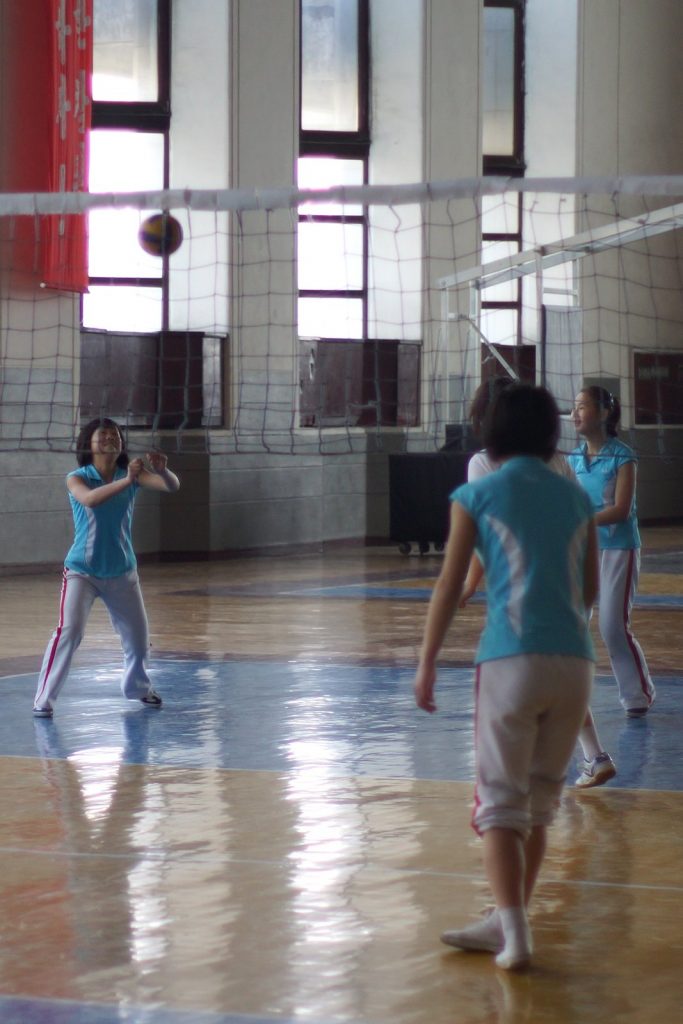
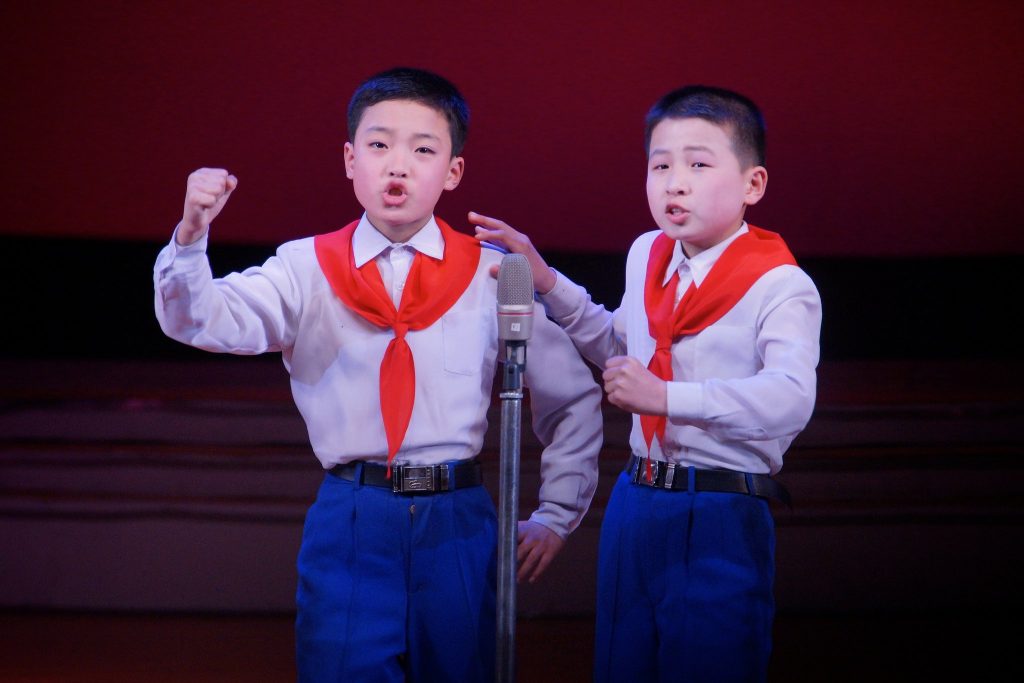
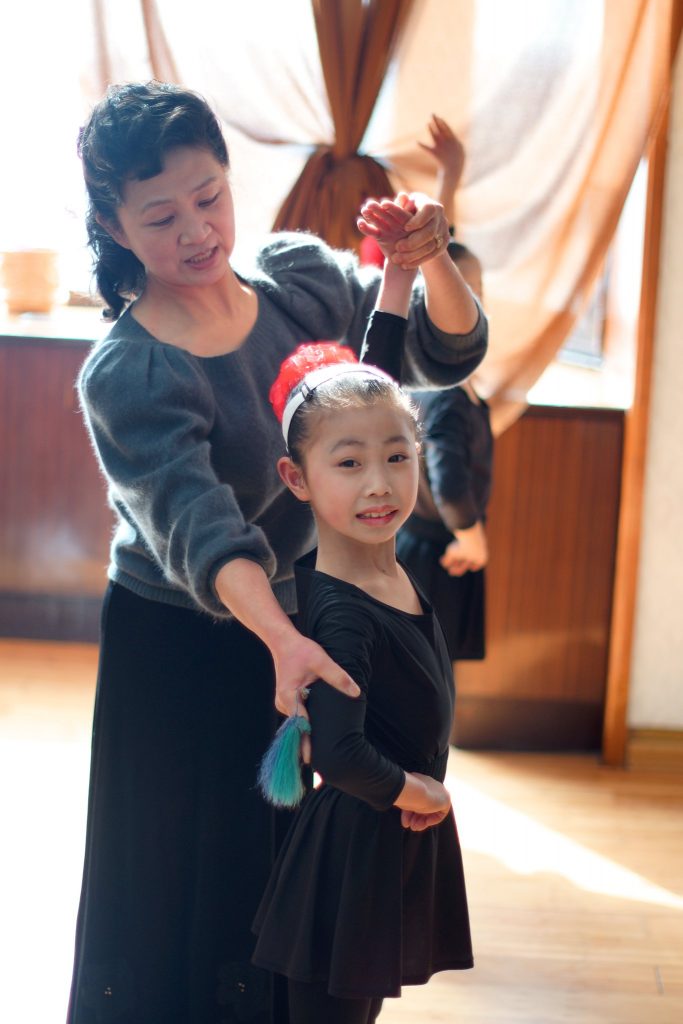
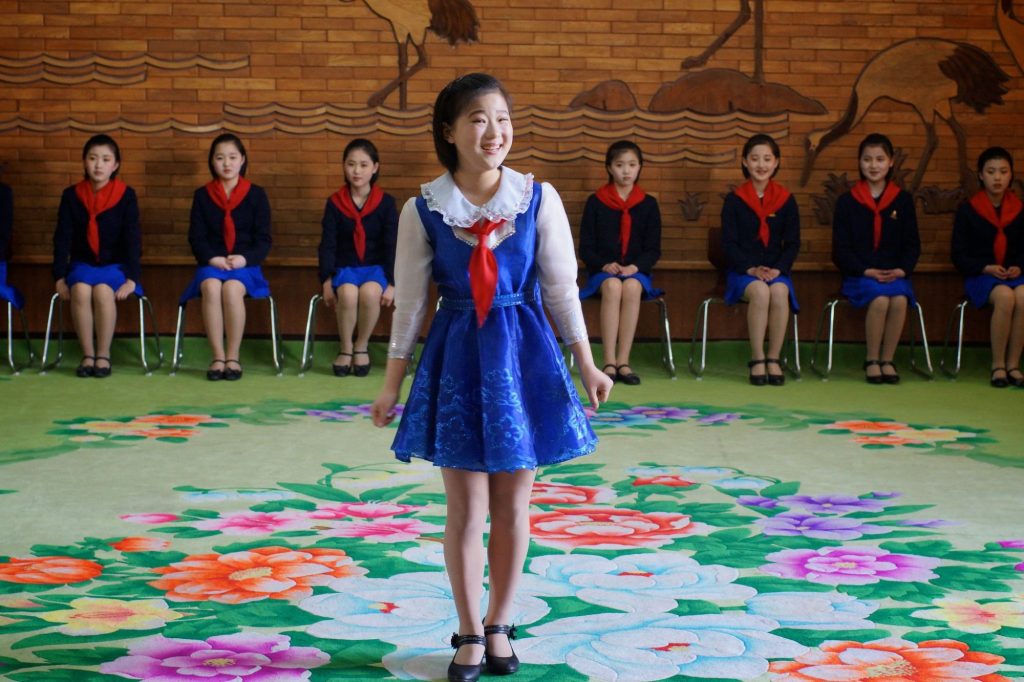
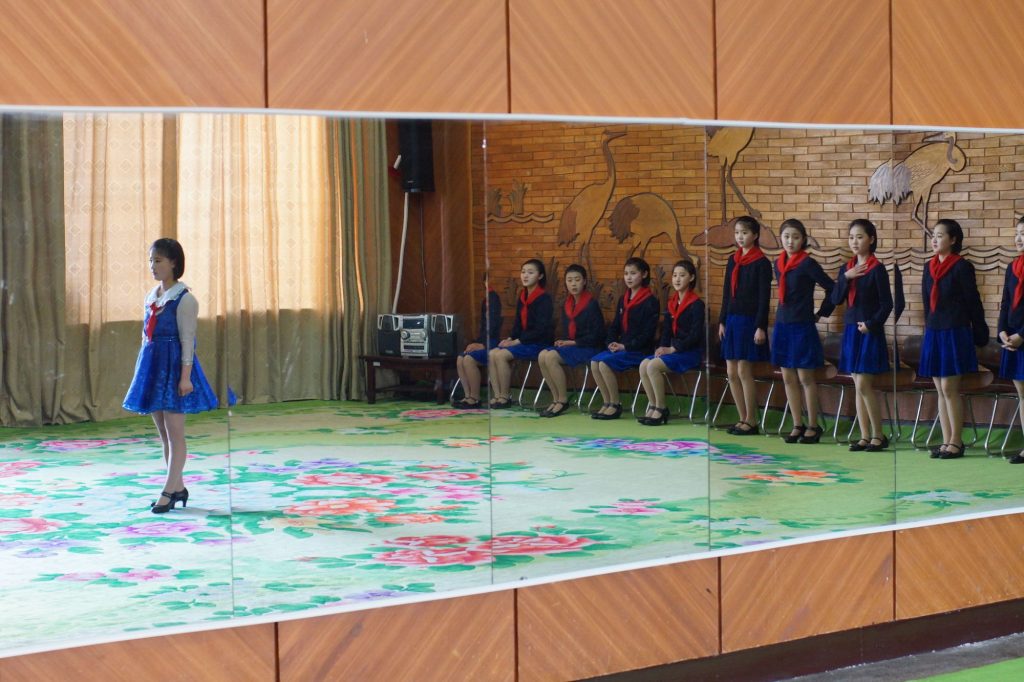
The Mangyongdae School Children’s Palace was opened on May 2nd of 1989 as part of the Liberation Street project which also saw the completion of the Sosan Hotel and Youth Hotel. All these efforts was for the lead up to Pyongyang’s largest international event ever held – the 13th World Festival of Youth and Students.
The palace went under major renovations for both the interior and exterior of the entire building which took a year and was reopened on December 1st of 2015.
The School Children’s Palace is located in Mangyongdae District, Pyongyang, North Korea, and administrated by the Korean Children’s Union which exists for members of the Young Pioneer movement to learn all manner of skills.
Design of the Mangyongdae Children’s Palace
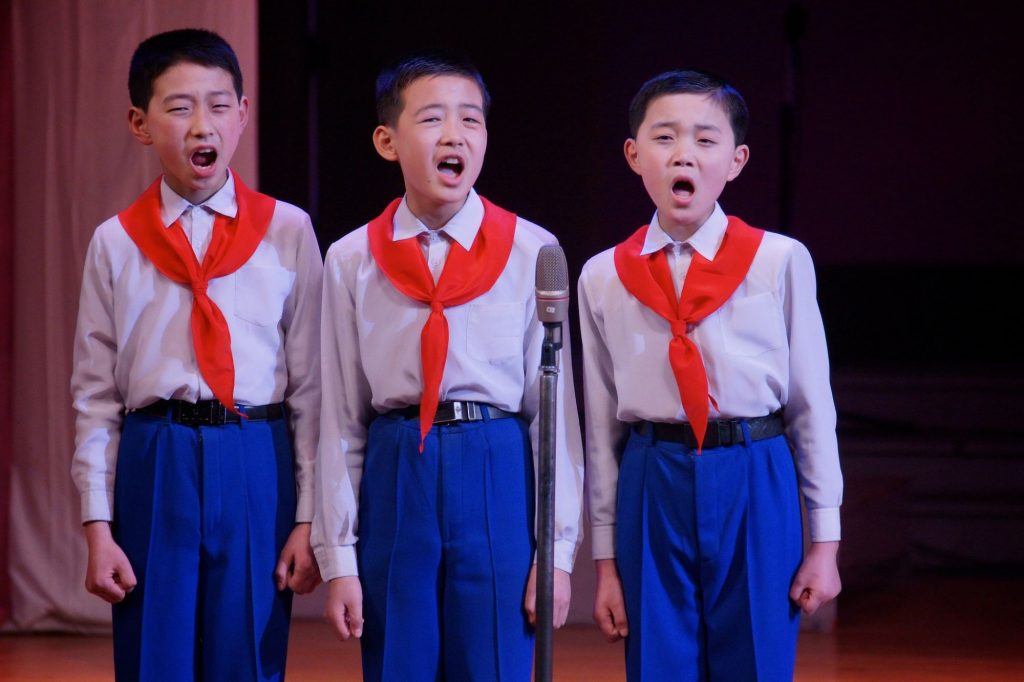
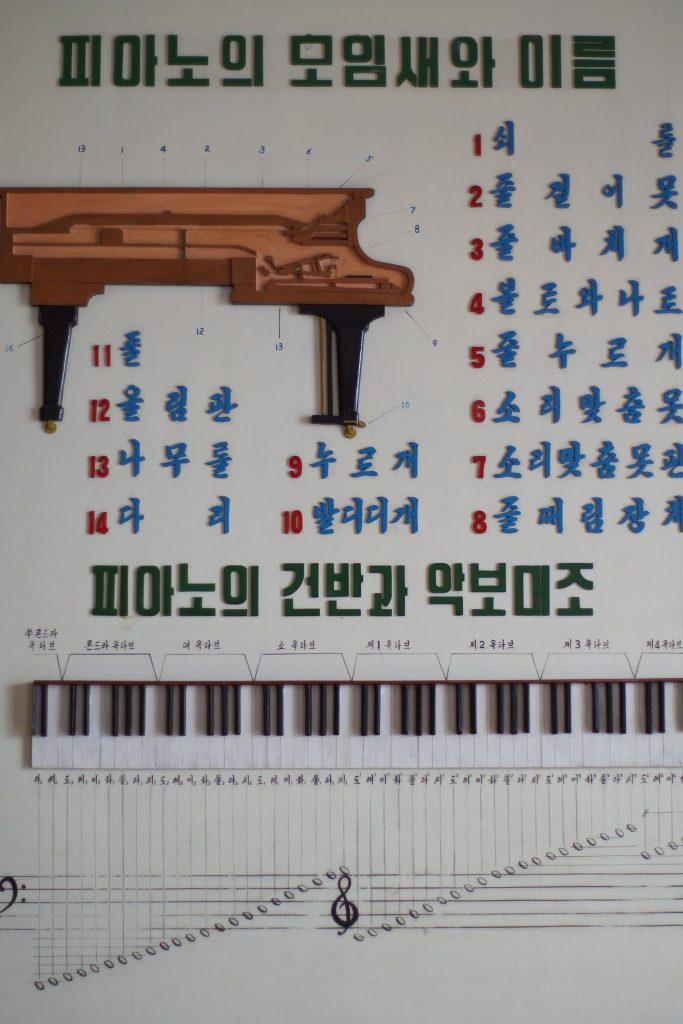
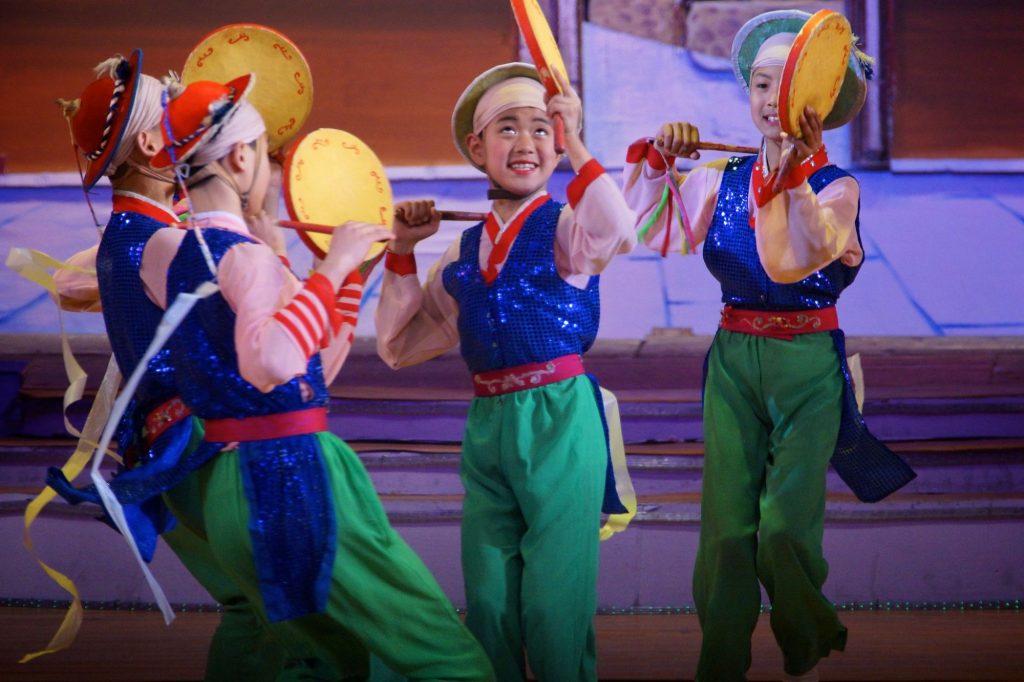
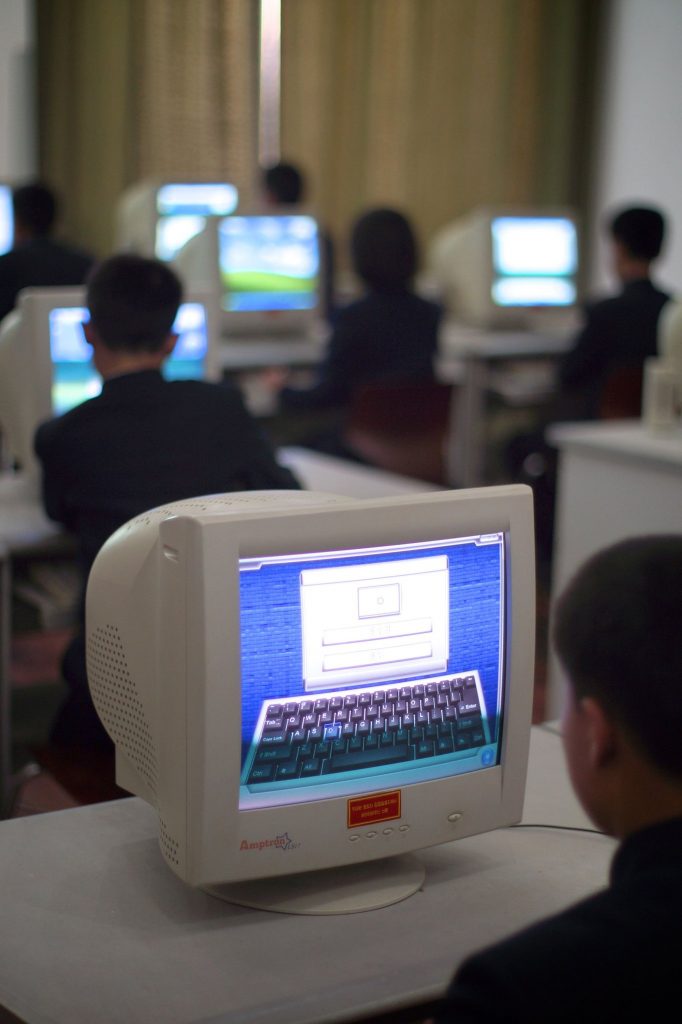
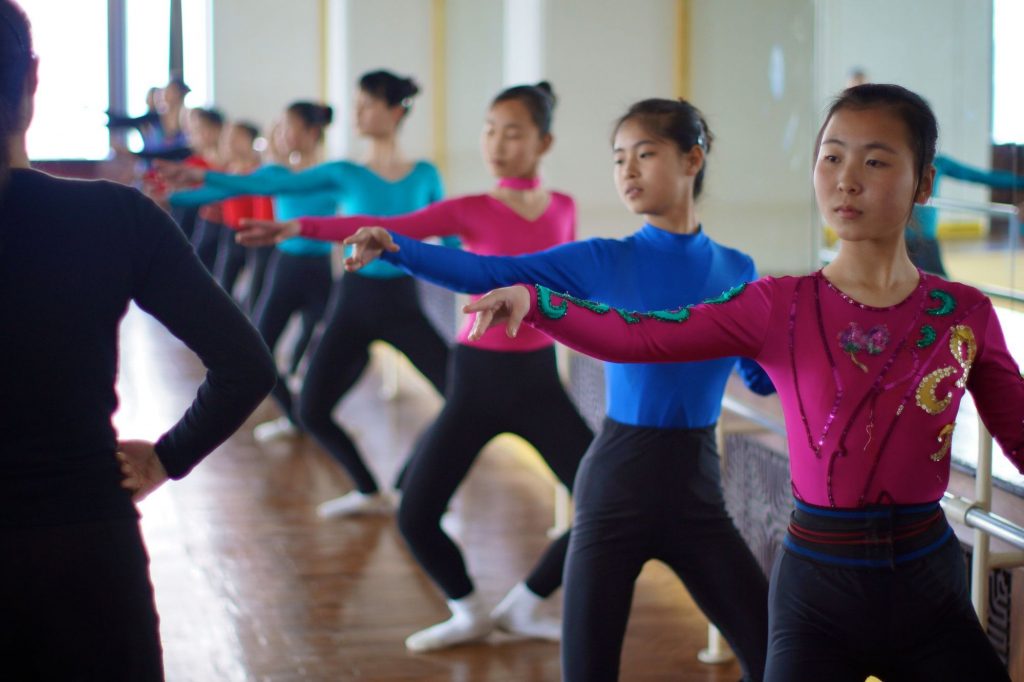
The Mangyongdae Children’s palace consists of 120 rooms, a swimming pool, space observatory, gymnasium, library, computer labs, basketball & volleyball courts, a driving course and a 2,000 seat theatre where regular performances are held for visitors. It is comprised of a large central building with two wings which are said to resemble the arms of a mother embracing her child.
Located in front of the palace is a large 10-meter bronze sculpture of children dressed up as a soldier, astronaut, or dancers on the back of a two Pegasus chariot.
After the 2015 renovations, the interior of the School Children’s Palace has been given a Disney-esque design with pascal colours, famous North Korean cartoons, and multi colored lights to appeal to the students.
Upon entering the main reception hall, on the left is the Un-Ha 3, which the North Koreans say is an observation satellite that successfully launched back in 2012.
A large model of the Korean peninsula can be found in the west wing that show Pyongyang as the capital and Dokdo island.
Classes at the Mangyongdae Children’s Palace
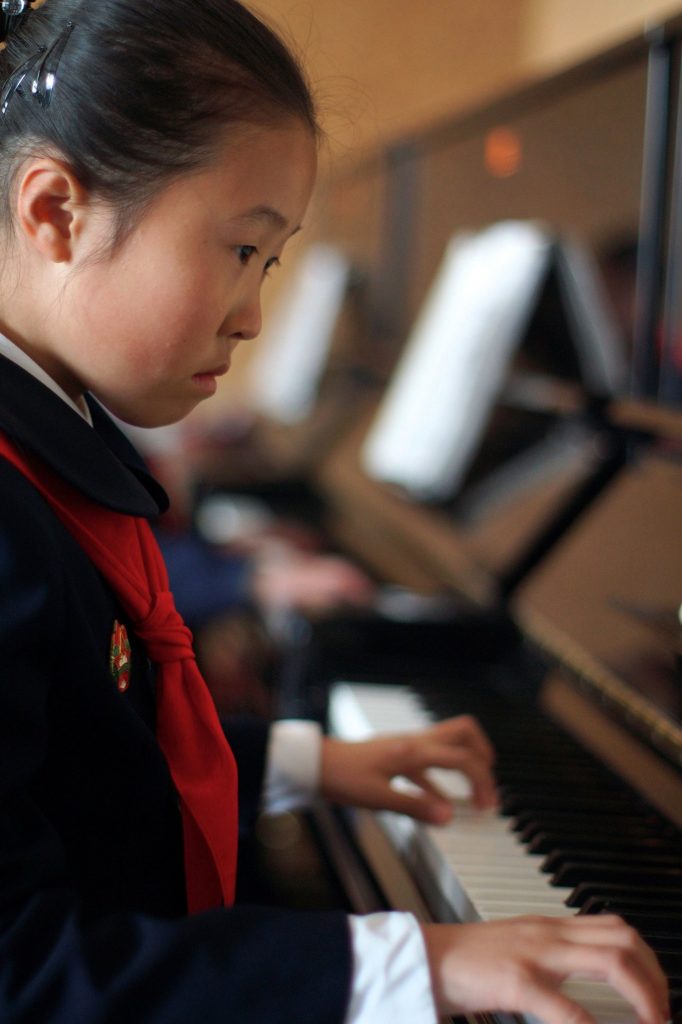
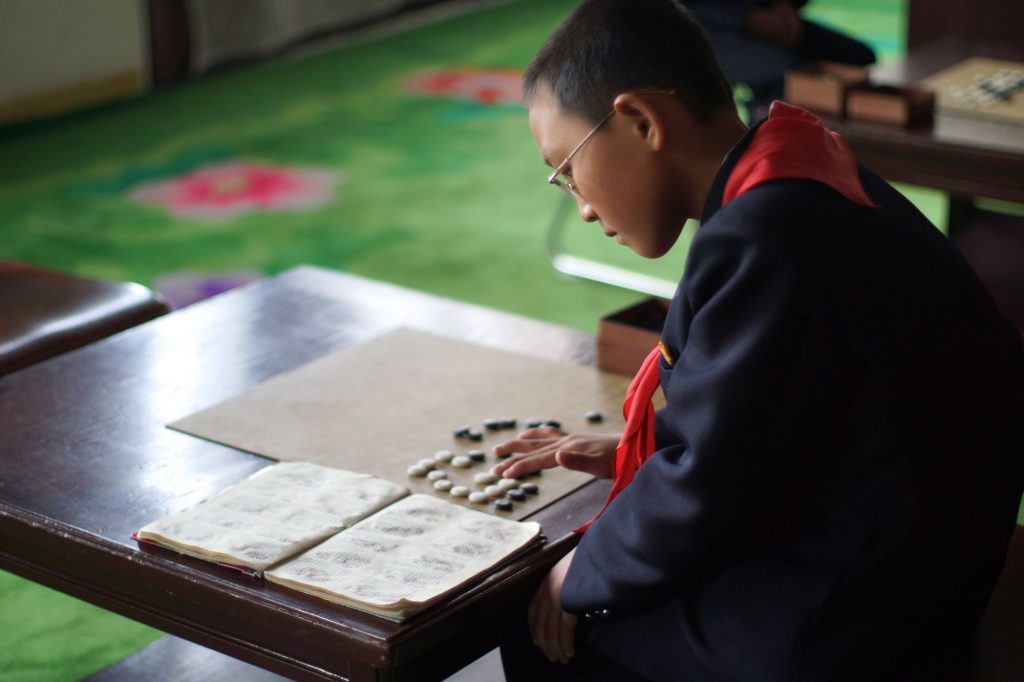
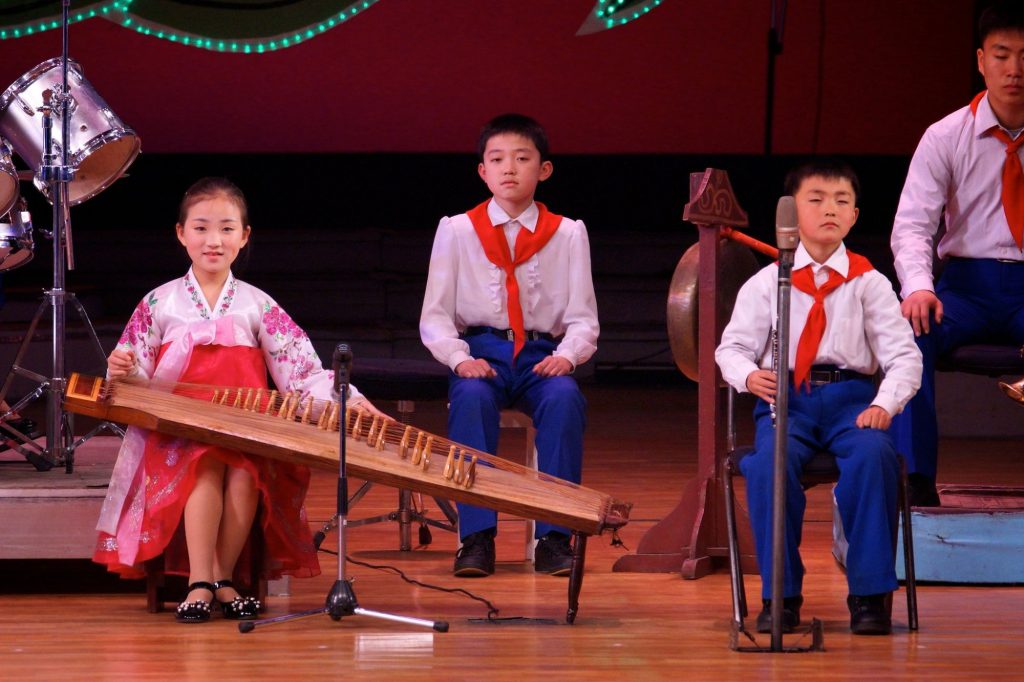
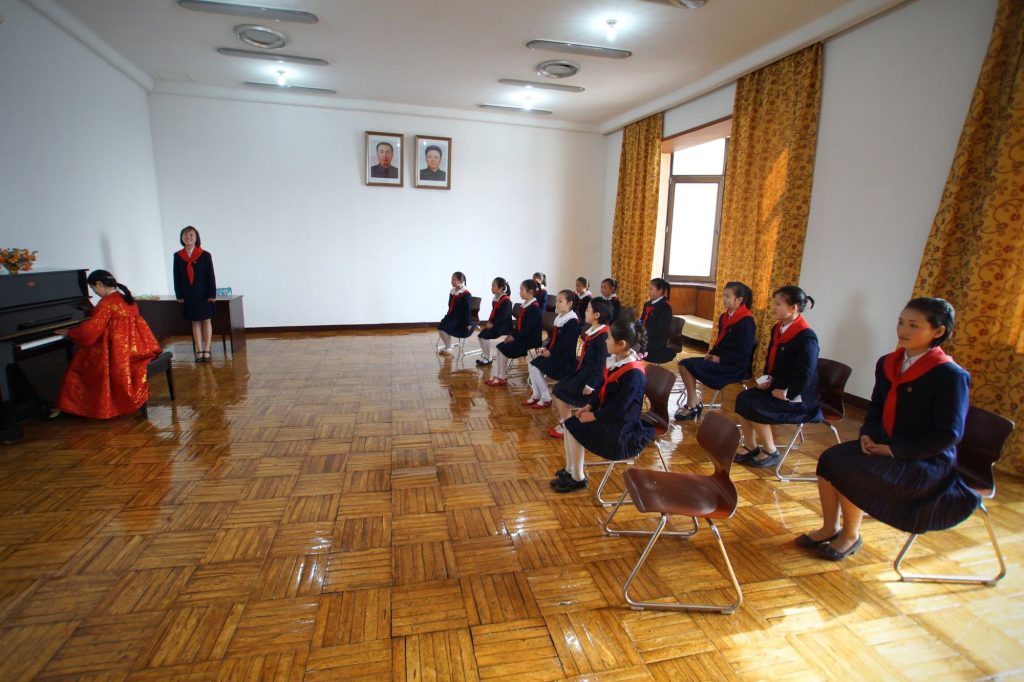
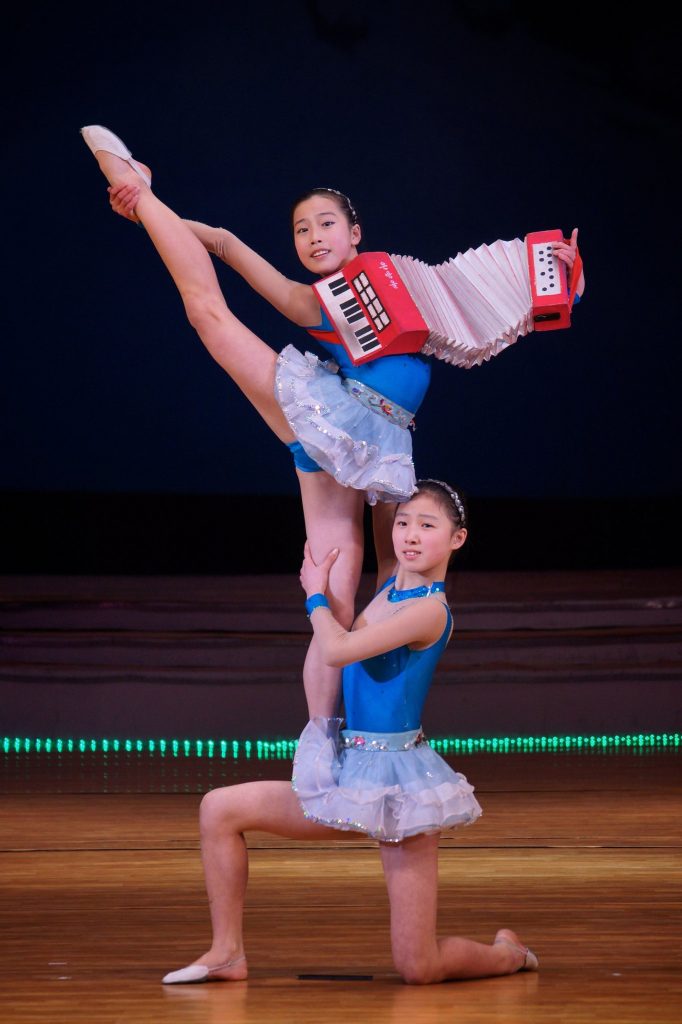
The following extra-curricular classes are available at the palace. It is within Korean tradition that parents decide what they wish for their children to learn on the side of their main studies.
Music & Singing — students learn a variety of instruments including the traditional Korean kayagum, the soviet favourite accordion, electric guitar, drums, and so on.
Dance — traditional Korean and modern dance
Foreign languages – English and Chinese are more popular, Russian, German, Japanese, and Spanish are also available
Science and information technology – computing skills & programming, chemistry, astronomy, and maths
Traditional Korean arts – Korean calligraphy, embroidery, and painting.
Sports – Korean Taekwondo, swimming & synchronised swimming, basketball, volleyball, football, and ping-pong.
Driving lessons – cars designed for children and made in North Korea, students have a chance to learn road rules and the mechanics of the car on a driving course built behind the palace
School Children’s Performance
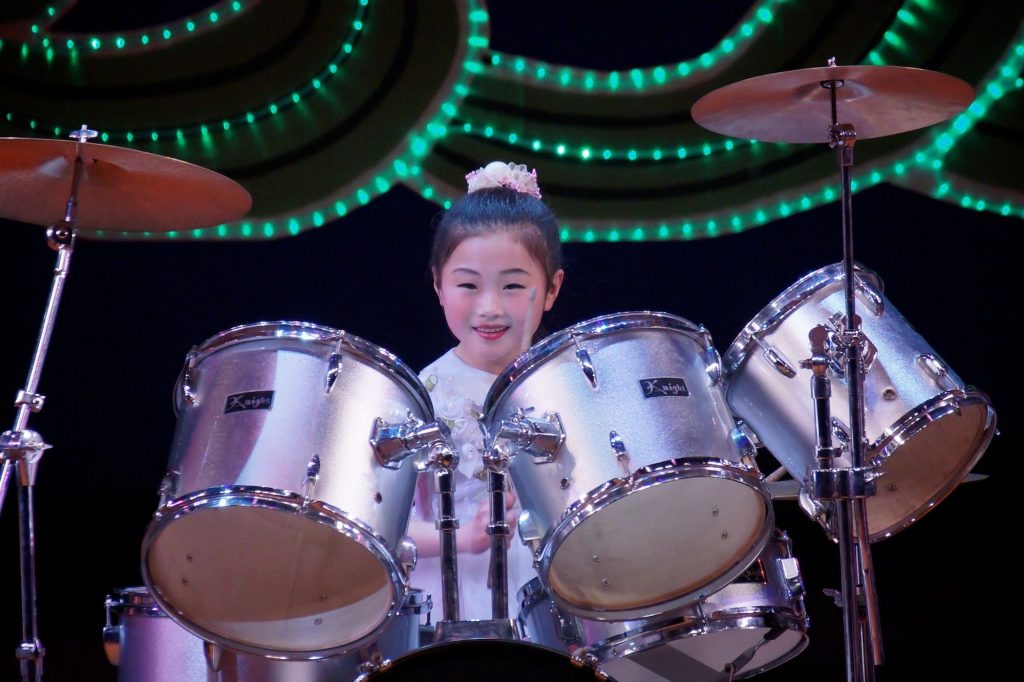
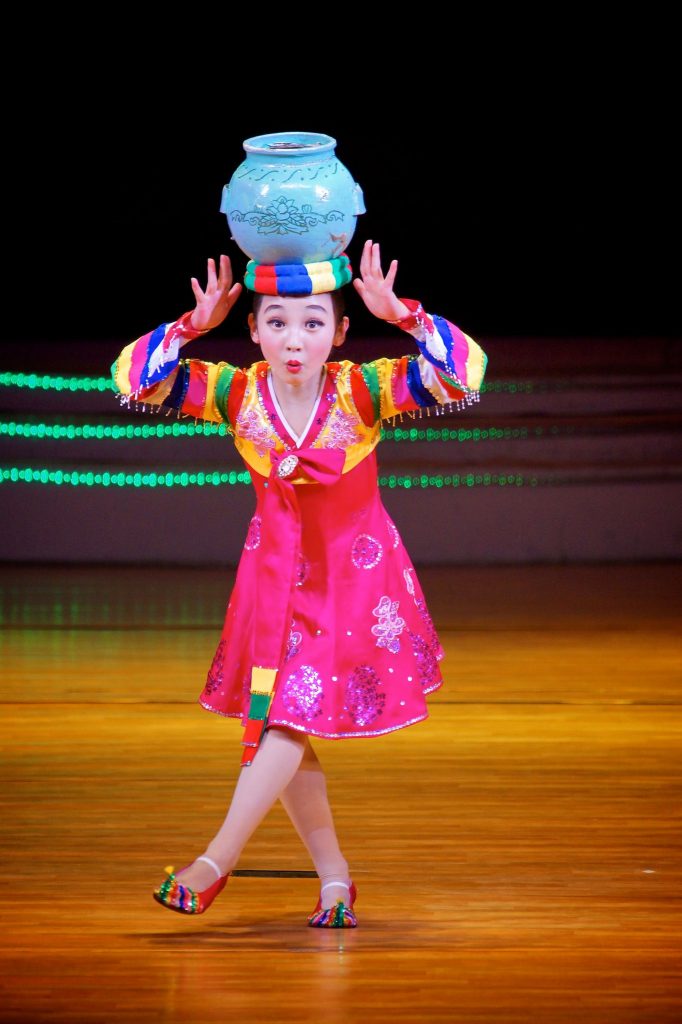
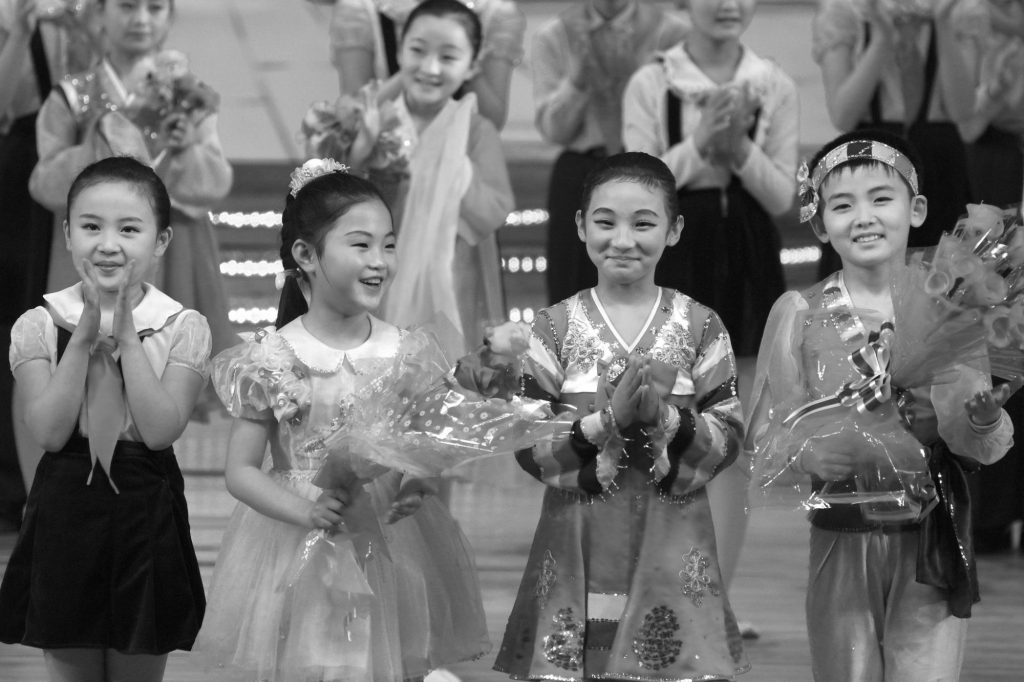
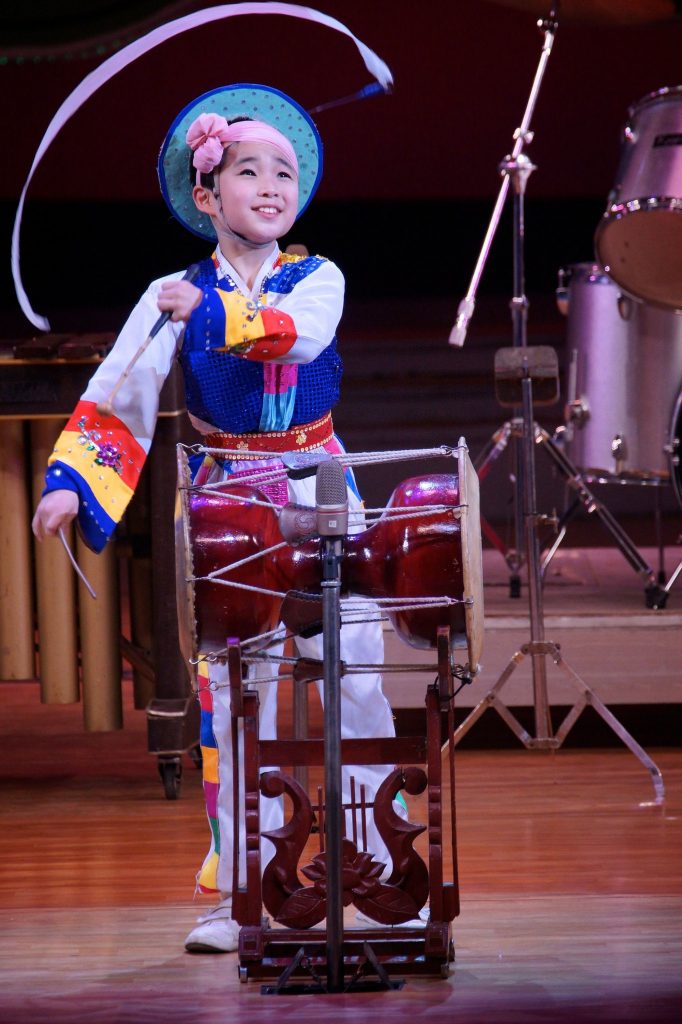
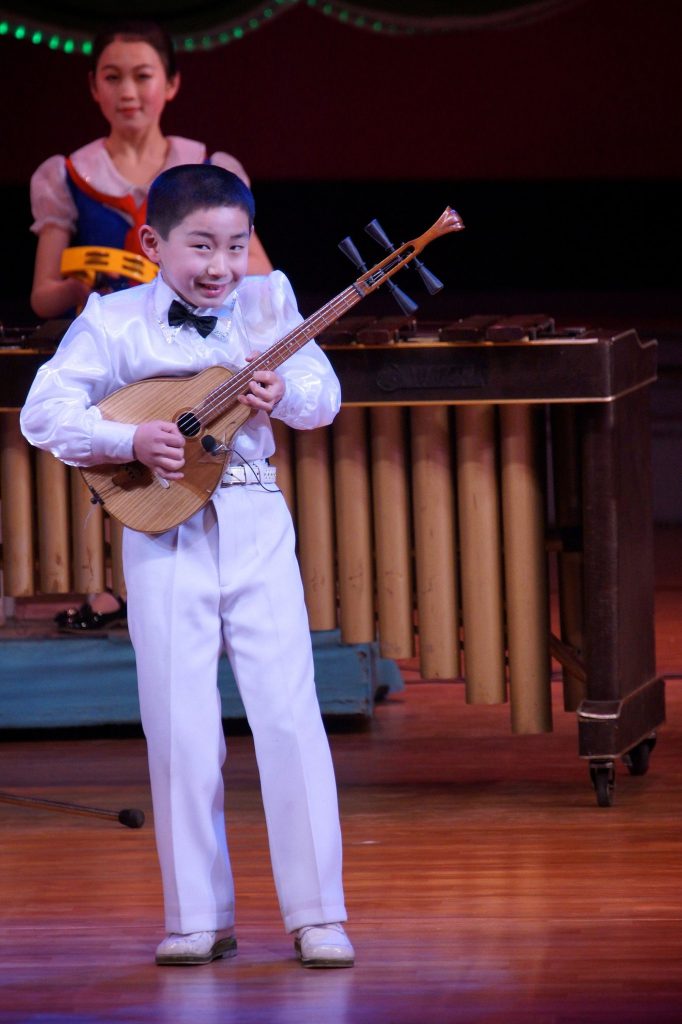
During YPT visits to the School Children’s Palace, we take you on an open class tour which involve observing school children partaking in classes around the campus. Photography and videoing are allowed but please remember these students require focus so keep noise to a minimum with no flash photography.
The highlight of the visit is the spectacular performance the school children of different classes perform including acrobatics, juggling, singing, dancing and musical performances, and it’s highly impressive to see children so young exhibiting such talent.
We include the Mangyongdae Children’s Palace on almost all of our tours to North Korea for a number of reasons: it’s an excellent example of the education and leisure facilities in place in North Korea, and also lends insight into the country’s Young Pioneer movement (in which we naturally take an interest – the clue’s in our name). Visits can also be included, upon request, in an independent tour of the DPRK



